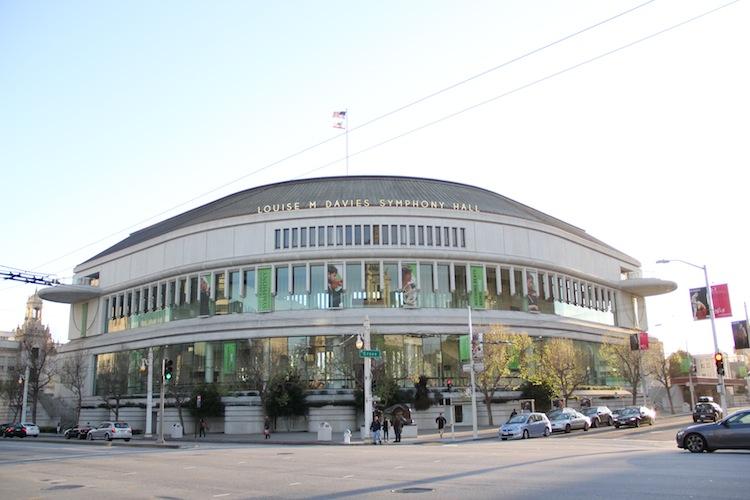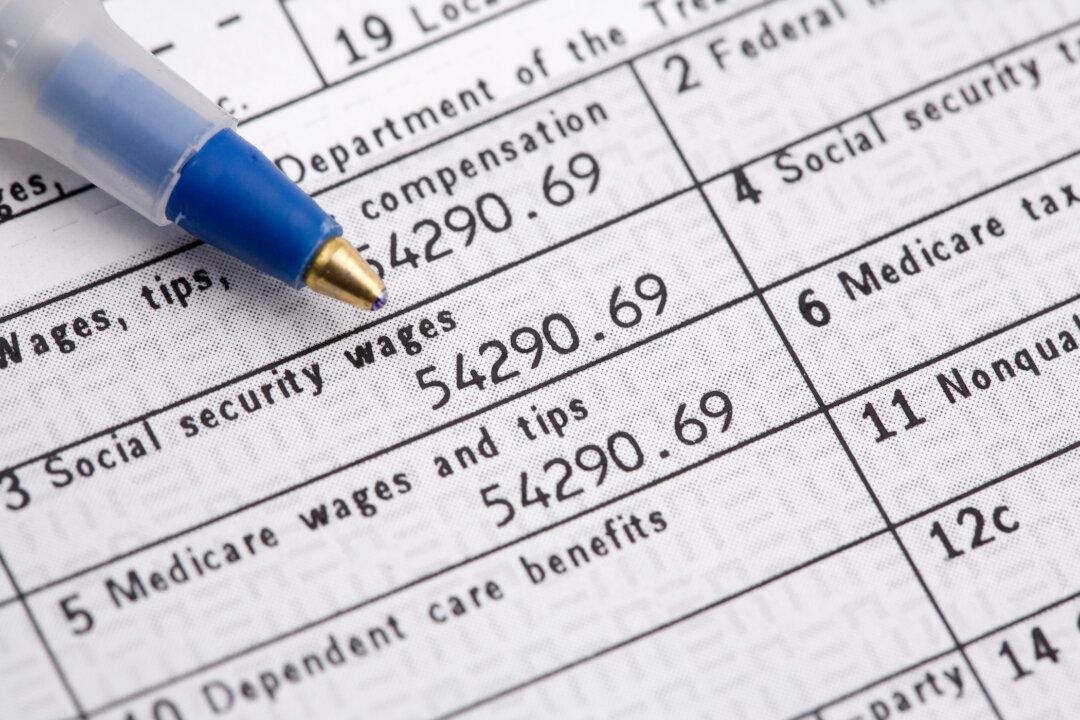Commentary
Don’t build affordable housing; build expensive housing—that’s what San Franciscans want. Build 300,000 expensive units in areas where upper-middle-class citizens like to live: the Marina, Pacific Heights, Nob Hill, Telegraph Hill, Twin Peaks, Noe Valley, and the Sunset and Richmond districts.





